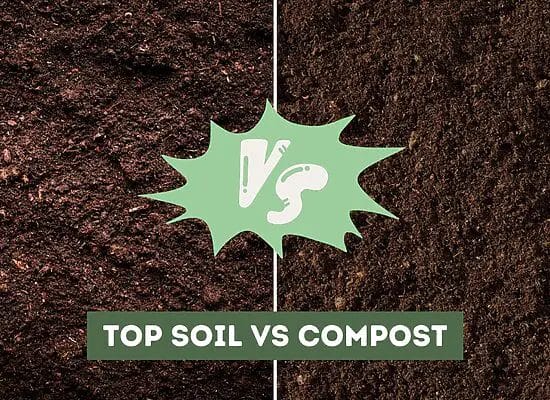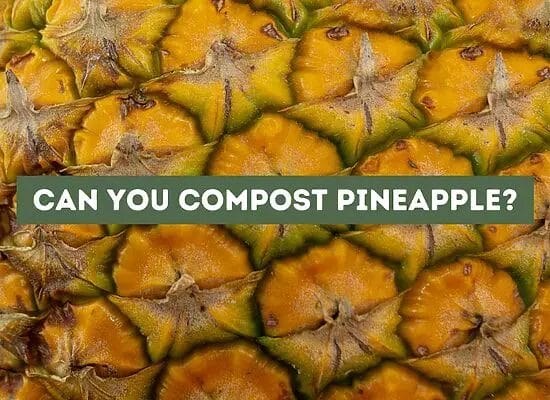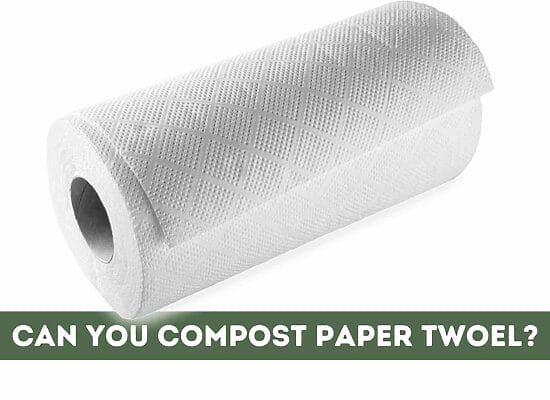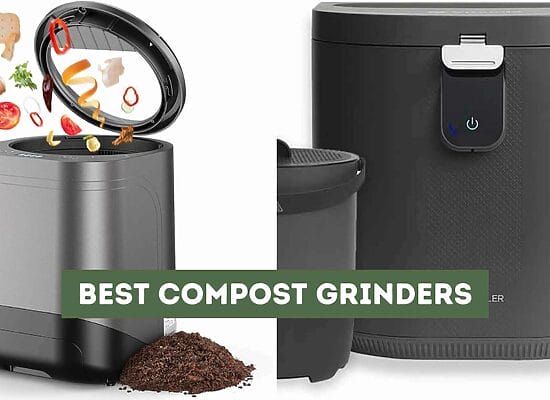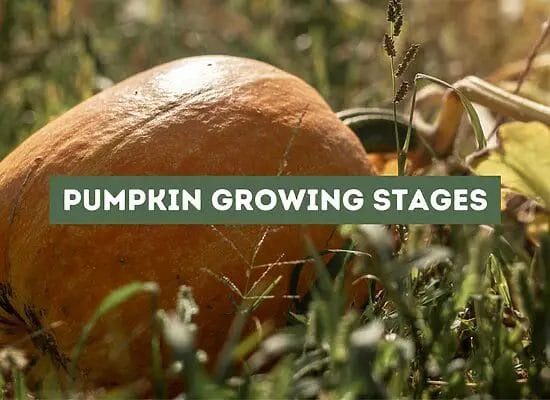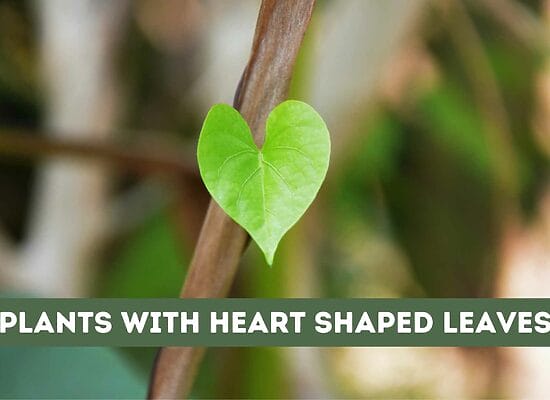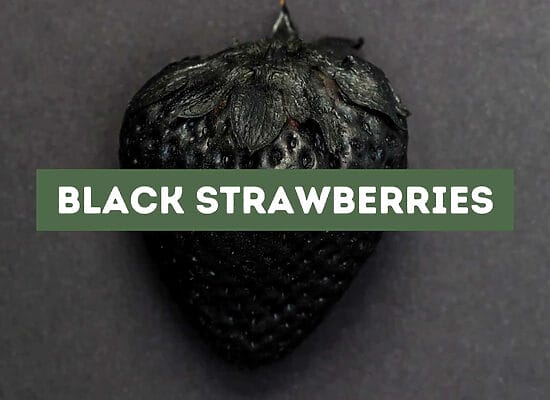
If you’re new to gardening or just starting to grow your own vegetables, broccoli is a great plant to start with. Not only is it packed with nutrients, but it’s also relatively easy to grow.
Understanding the different broccoli plant stages is important for ensuring that your plant grows healthy and strong. By providing the right conditions and care at each stage, you can help your broccoli plant reach its full potential and produce a bountiful harvest. So, whether you’re a seasoned gardener or just starting out, keep reading to learn more about the different stages of broccoli plant growth.
Key takeaways:
- Importance of Broccoli Growth Stages: Understanding the various stages of broccoli growth is crucial for successful gardening and achieving a bountiful harvest.
- Germination Stage: Broccoli growth starts with germination, where a green shoot emerges from the soil as the seed breaks through its covering. The seedling absorbs moisture and nutrients, but lacks energy for leaf growth.
- Vegetative Stage: During this phase, the plant grows leaves and stems. Adequate watering, balanced fertilization, and sunlight (at least 6 hours/day) are essential for healthy growth.
- Reproductive Stage: In this phase, the broccoli produces flowers that eventually form into heads. Understanding this stage helps prevent bolting, which occurs when high temperatures trigger premature flowering.
- Ideal Conditions for Growing Broccoli: Broccoli thrives in cool weather (60-65°F), well-draining soil rich in organic matter, and a pH range of 6.0 to 7.0. Consistent moisture, balanced fertilization, and sunlight are vital.
- Broccoli Varieties: Common types include Calabrese (large green heads), Sprouting (smaller heads, continuous harvest), and Romanesco (unique pointed, lime-green heads). Each has distinct characteristics.
- Harvesting and Post-Harvest Care: Harvest central head at 3-6 inches diameter. Cut at a 45-degree angle to promote new shoots. After harvesting, continue watering, care for edible parts (florets and stems), and store properly in the refrigerator.
Understanding Broccoli Plant
Growing broccoli is a rewarding experience that requires patience and attention to detail. This vegetable is a member of the brassica family, which also includes kale and Brussels sprouts. Broccoli is an annual or biennial plant that grows best in cool weather conditions. In this section, you will learn about the different varieties of broccoli and the ideal conditions for growing broccoli.
Broccoli Varieties
There are several varieties of broccoli, each with its unique characteristics. The most common types of broccoli are:
- Calabrese: This is the most popular type of broccoli, known for its large, green heads and thick stalks. It is easy to grow and is suitable for both spring and fall planting.
- Sprouting: This type of broccoli produces smaller heads and a large number of side shoots, making it ideal for continuous harvesting.
- Romanesco: This variety has a unique appearance, with pointed, lime-green heads that resemble fractals. It has a nutty flavor and is often used in Italian cuisine.
Ideal Conditions for Growing Broccoli
Broccoli grows best in cool weather conditions, with temperatures ranging between 60-65°F (15-18°C). It requires well-draining soil that is rich in organic matter. The ideal pH range for growing broccoli is between 6.0 and 7.0.
To ensure a successful harvest, it is important to provide your broccoli plants with the following:
- Water: Broccoli plants require consistent moisture to grow properly. Water them deeply once or twice a week, depending on the weather conditions.
- Fertilizer: Broccoli plants are heavy feeders and require regular fertilization. Use a balanced fertilizer that is high in nitrogen to promote leafy growth.
- Sunlight: Broccoli plants require at least 6 hours of sunlight a day to grow properly. Plant them in a location that receives full sun or partial shade.
Planting and Germination Stage
When it comes to growing broccoli, the planting and germination stage is the first step in the process. This stage is crucial for the success of your broccoli plant, as it sets the foundation for the rest of the plant’s growth.
To begin, you will need to choose the right time to plant your broccoli seeds. Depending on your location, this will vary. In general, broccoli seeds should be started indoors six to eight weeks before the final frost.
If you reside in the southern region, growing broccoli for a fall harvest could yield better results. In regions 5 to 7, weather patterns play a crucial role. Sudden temperature changes or rapid increases in spring might hinder broccoli from forming heads, causing them to bolt.
Once you have determined the right time to plant your broccoli seeds, it’s time to get started. Begin by filling a seed tray with a high-quality soil mix. Sow your broccoli seeds in the soil, making sure to follow the recommended spacing instructions. Cover the seeds with a thin layer of soil and water them gently.
Over the next few days, you should start to see your broccoli seeds sprout and grow into seedlings. At this point, it’s important to make sure your seedlings are getting enough light. If you’re growing your broccoli indoors, consider using a grow light to supplement natural light.
As your broccoli seedlings continue to grow, make sure to keep the soil moist but not too wet. Too much water can cause the seedlings to rot, while too little water can cause them to dry out and die.
Seedling Stage and Transplanting
During the seedling stage, your broccoli plant will start to grow its true leaves. These leaves are the second set of leaves to emerge from the plant and look different from the cotyledons, or seed leaves. You can expect the true leaves to appear within two weeks of germination.
If you started your seeds indoors, you should transplant your seedlings to larger containers or outside once they have their first set of true leaves. This is usually around 3-4 weeks after germination.
When transplanting your seedlings outside, choose a location that receives full sun and has well-draining soil with a pH between 6.0 and 7.0. Broccoli is a cool-season crop, so it is best to transplant seedlings in early spring for a spring planting or in the fall for a fall harvest.
To transplant your seedlings, dig a hole in the ground that is slightly larger than the root ball of your seedling. Carefully remove the seedling from its container and loosen the roots. Place the seedling in the hole and gently backfill with soil, making sure the soil is firm around the base of the plant.
Water your transplanted seedlings immediately after planting and continue to water them regularly, making sure the soil stays moist but not waterlogged. You can also add a layer of mulch around the base of the plant to help retain moisture and suppress weeds.
Vegetative Growth Stage
During the vegetative growth stage, the broccoli plant experiences the most active growth, and over the next four weeks, it can grow up to 3 to 4 feet wide and tall, with large leaves. This stage begins after the seedling stage, and the plant will have a true set of leaves, roots, and stems.
To ensure that your broccoli plant grows well during the vegetative stage, you need to provide adequate care. You should water your plant regularly and ensure that the soil is moist. The plant requires about 1 to 1.5 inches (2.5 to 3.8 cm) of water per week. You can use a moisture meter to determine the moisture level of the soil.
Fertilization is also essential during the vegetative growth stage. You can use a balanced fertilizer that contains equal amounts of nitrogen, phosphorus, and potassium. Apply the fertilizer around the crown of the plant and water it in.
During the vegetative growth stage, the plant will produce side shoots, which will eventually become the broccoli heads. You can encourage the development of side shoots by pinching off the central head when it reaches about 1 inch (2.5 cm) in diameter.
The growth rate of the plant during the vegetative stage depends on several factors, including temperature, light, and soil conditions. The ideal temperature range for broccoli growth is between 60 and 65 degrees Fahrenheit (15.5 and 18.3 degrees Celsius). The plant also requires at least six hours of sunlight per day.
Flowering and Bolting Stage
At this stage, the broccoli plant begins to produce flower buds, which eventually grow into a flower head. If the plant is not harvested in time, the flower buds will open up and produce yellow flowers. This process is called bolting, and it usually occurs when the plant is exposed to high temperatures or when it has reached the end of its life cycle.
When the broccoli plant starts to bolt, the flower heads will often burst forth in bright yellow blooms. If the heads are already quite large when the plant starts to bolt, they will remain stunted and small. At this point, the broccoli is still edible, but the flavor and texture may be affected.
To prevent bolting, it is important to harvest the broccoli before the flower buds have fully formed. You can also try to keep the plant cool by providing shade or by watering it more frequently during hot weather.
If you do end up with a bolting broccoli plant, you can still eat the flower buds and the leaves. They may not taste as good as the regular broccoli, but they are still edible. Some people even enjoy the taste of the yellow flowers.
Harvesting Stage
Once your broccoli plants have matured, it’s time to move on to the harvesting stage. The central head of the broccoli plant should be the first to be harvested, followed by the green buds that grow around it.
To determine when your broccoli is ready to be harvested, keep an eye on the central head. When it reaches a diameter of around 3-6 inches (7.6-15.2 cm), it’s time to harvest. If you wait too long, the central head will begin to flower, and the green buds will become tough and bitter.
When harvesting your broccoli, be sure to use a sharp knife or pruning shears to cut the stem at a 45-degree angle. This will help to prevent damage to the plant and allow for new shoots to grow.
If you’re harvesting multiple broccoli plants, it’s best to start with the plants that have the largest central heads. This will help to ensure that you’re harvesting your broccoli at the right time and prevent any over-ripening.
Once you’ve harvested your broccoli, it’s best to eat it as soon as possible. If you need to store it, place it in a plastic bag and refrigerate it for up to 5 days.
Post-Harvest Care
Congratulations on harvesting your broccoli! Now that you have harvested your broccoli, you need to take care of the plant to ensure that it stays healthy and productive. Here are some tips on how to take care of your broccoli plant after harvesting:
Edible Parts
Broccoli plants have two edible parts: the stems and the florets. The stems are usually tougher and less flavorful than the florets, but they are still edible. You can chop them up and use them in stir-fries or soups. The florets are the most prized part of the plant, and they are usually eaten raw or cooked.
Watering
After harvesting your broccoli, you should continue to water the plant regularly. Broccoli plants need about an inch of water per week, so make sure to water them deeply and regularly. If you live in a hot and dry climate, you may need to water your plants more frequently.
Stems
If you decide to leave the stems on the plant after harvesting the florets, you should remove any leaves that are below the floret. This will help to direct the plant’s energy towards the remaining stems and florets. You should also remove any yellow or brown leaves, as they can attract pests and diseases.
Storage
If you have harvested more broccoli than you can eat, you can store it in the refrigerator. Broccoli can last for up to a week in the refrigerator if it is stored properly. To store broccoli, wrap it in a damp paper towel and place it in a plastic bag. Make sure to remove as much air as possible from the bag before sealing it.
Fun Fact: Did you know that broccoli is a member of the cabbage family? It is also a good source of vitamin C, vitamin K, and fiber. In addition, broccoli is one of the few vegetables that can be grown year-round in some regions.
FAQ: Broccoli Plant Stages
What are the stages of growth for a broccoli plant?
Broccoli plants go through four primary stages of growth: germination, seedling, vegetative, and reproductive. During the germination stage, the seed absorbs water and begins to sprout. The root emerges first, followed by the shoot. The seedling stage is when the plant develops its first true leaves. The vegetative stage is when the plant grows its leaves and stem. Finally, during the reproductive stage, the plant forms broccoli heads.
How long does it take for broccoli heads to form?
Broccoli heads typically take between 55 and 100 days to form from the time of planting. The exact time depends on factors such as the variety of broccoli, the temperature, and the amount of sunlight the plant receives.
What are some companion plants for broccoli?
Companion plants for broccoli include plants that deter pests and attract beneficial insects. Some examples of good companion plants for broccoli are marigolds, dill, and chamomile. These plants help to repel pests such as aphids and attract beneficial insects like ladybugs and lacewings.
How many heads of broccoli can you expect from one plant?
The number of broccoli heads you can expect from one plant depends on the variety of broccoli and the growing conditions. On average, you can expect one plant to produce between 1 and 3 heads of broccoli. However, some varieties of broccoli can produce up to 6 heads per plant.
What is the process for growing broccoli from seed?
To grow broccoli from seed, start by planting the seeds in a seed tray or small pots filled with potting mix. Keep the soil moist but not waterlogged, and place the tray or pots in a warm, sunny location. After your seedlings grow their first set of real leaves, move them to bigger pots or plant them directly in the garden. Make sure to leave at least 18 inches of space between each plant.
What is the ideal time of year to grow broccoli?
Broccoli is a cool-season crop and grows best when temperatures range from 60 to 65°F (15 to 18°C). In most areas, this means planting broccoli in the early spring or late summer to early fall. However, the ideal time of year to grow broccoli varies depending on your location and climate.


